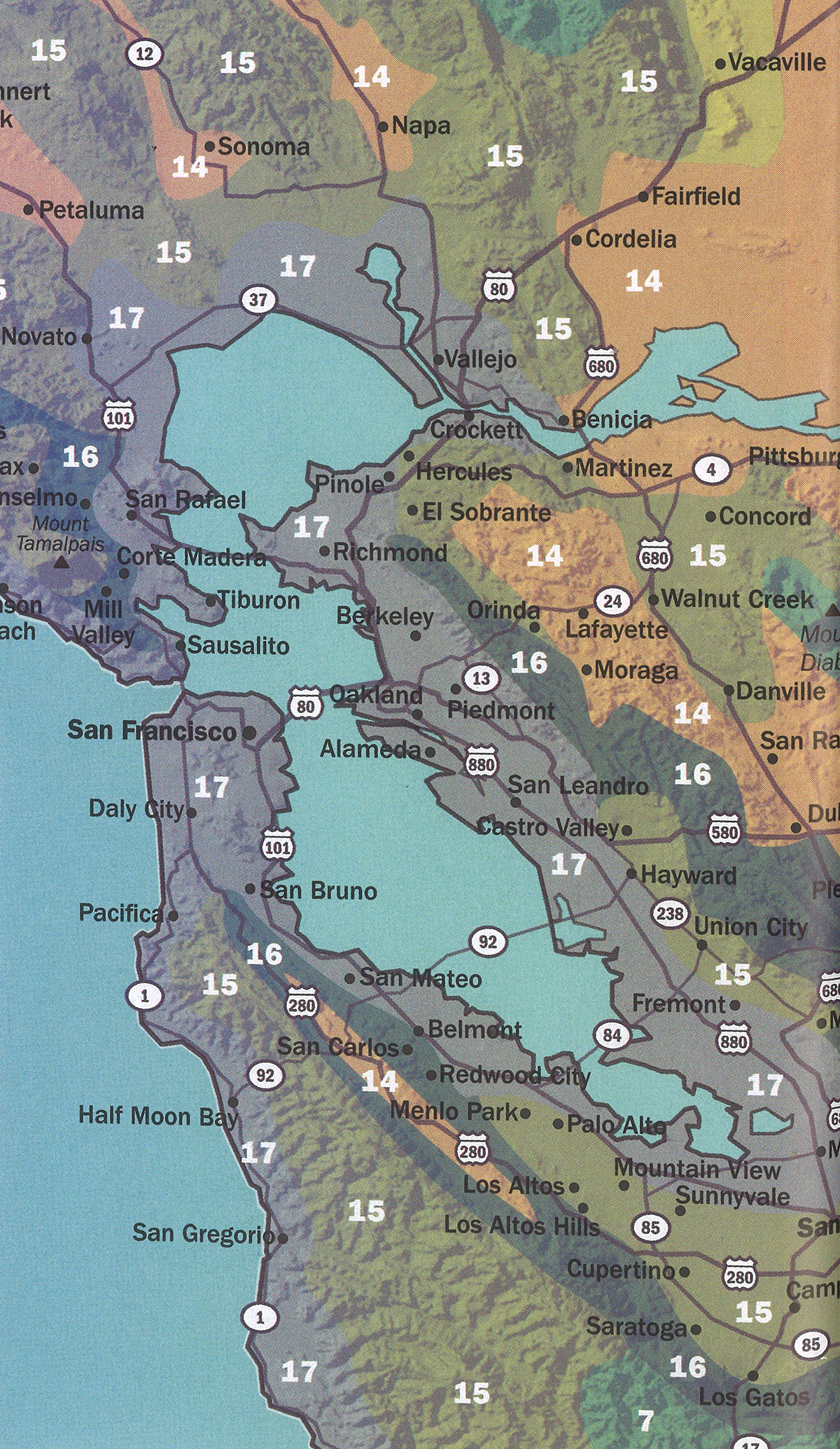
| height | 1–2ft | |
| width | 5–7ft | |
| tolerates | Drought, Deer , Heat, Rooftops, Neglect, Wind | |
| water needs |
Lowest | |
| water info |
Establish with regular but judicious (not excessive) watering in its first dry season. Thereafter, it appreciates winter rains and fog drip during the summer, but often responds poorly to heavy summer watering. You can let your buckwheat go bone dry before watering during summer. Waiting for the lower leaves to shed will help ensure you aren’t overwatering. If you choose to withhold summer water entirely, your plant may look withered or ‘dead’ by August, with fewer, duller leaves, but will flush out new growth quickly with rain (or irrigation) in the fall. Good drainage is helpful, especially if you plan on watering during summer to keep the plant from looking too stressed. |
|
| hardy to |
15F | |
| exposure | Part Shade – Full Sun | |
| indoor outdoor |
Outdoor | |
| drainage | In Ground: Planting Mix, In Pots: Potting Soil, Tolerates Heavy Soil, Tolerates Sandy Soil | |
| fertilizing | Low Needs | |
| origin | SW USA, NW Mexico | |
| california native |
Yes | |
| sunset zones |
7–9, 11–24 |
Full Sun
Six or more hours of sun beams directly landing on the plant's leaves.
Part Shade
Three to five hours of sun beams directly landing on the plant's leaves.
Part Sun
One to two hours of sun beams directly landing on the plants leaves.
Full Shade
The plant is never fully lit by sun beams,
but is in a bright spot or has dappled sunbeams playing over the leaves throughout the day.
Deep Shade
The plant never has dappled light on the leaves, and is in a place that feels dim, even on a nice sunny day.
